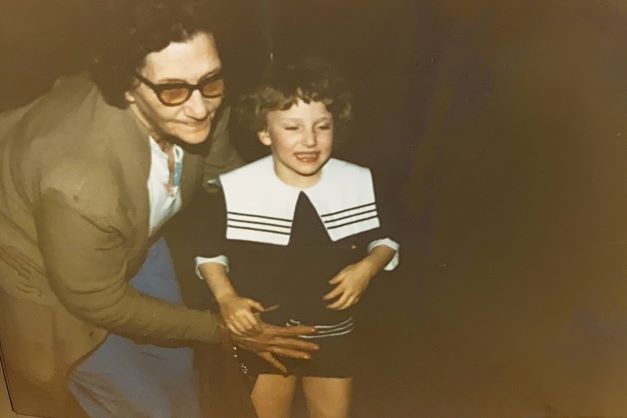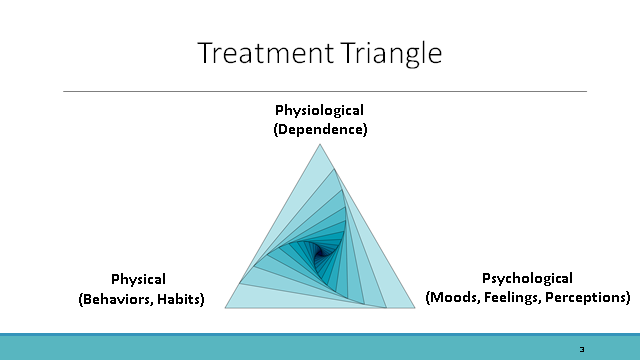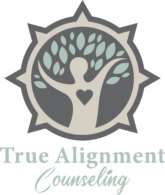FREEDOM FROM TOBACCO AND NICOTINE
how you can still come out of it.”

My interest in the consequences of tobacco and nicotine use began when I was about 4 years old, and could remember spending time with my grandmother, who I loved dearly – and who also smoked cigarettes profusely. I remember waking up in the middle of the night, and tip-toeing to her bed to listen for the sound of her breathing – a sign she was still alive. I remember – in my childlike naivete -hiding her cigarettes. I remember the family gathering together to clean her home – the walls yellow from the thirdhand smoke residue. Finally, I remember her dying in the hospital – from lung cancer – caused by years of exposure to tobacco. That experience has been the impetus for me to help other people who may be affected (either directly or indirectly) by the use of tobacco and nicotine products. I am passionate about helping individuals improve their health by finding freedom from these products.
Change is difficult. It can seem especially daunting to consider changing an aspect of your life that may have become very familiar to you, such as your relationship to products like nicotine and tobacco. It is not uncommon for people to attempt to quit/reduce use of these products several times; for many people, this process can feel frustrating, hopeless, and isolating. Fortunately, you do not have to take this journey alone. With the right support, you can be successful in quitting nicotine and tobacco!
I am a CTTS (Certified Tobacco Treatment Specialist) and have engaged in hundreds of hours of counseling and education specific to helping people explore and change their relationship to tobacco and nicotine products. I stay up to date on the latest research regarding tobacco and nicotine products (including vaping) and effective treatment for those wishing to explore their relationship to these products. For more information about this credential, explore the National Certificate in Tobacco Treatment Practice and/or our Tobacco Treatment Provider Code of Ethics.
Tobacco use is the top preventable cause of death and disease in the US, and most of us know about the health effects of cigarette smoking. The good news is that there are multiple health benefits of quitting smoking, regardless of how long or how frequently a person smokes! For more information, check out the Benefits of Quitting Smoking.
I am passionate about working with individuals who are considering how tobacco/nicotine fits into the kind of life they would like to live. My treatment approach is non-judgmental – I curiously and gently explore the physical, physiological, and psychological components of tobacco/nicotine use (the “tobacco treatment triangle”) in your particular situation, work together on the goal/s that you choose regarding how tobacco and nicotine fits into your life, and provide new skills/strategies that can help you maintain these lifestyle changes. Some people are interested in reducing use of these products, while others are interested in stopping completely. Research has found that effective treatment for tobacco cessation includes both behavioral therapy and FDA-approved smoking cessation medications. People who receive both counseling and cessation medications have a higher quit rate than those who receive less support. For more information about behavioral therapy and FDA-approved smoking cessation medications, check out treatment for tobacco dependence.I highly recommend that you speak to your primary care physician or another prescriber to obtain smoking cessation medication, as the combination of medication and counseling is the more effective than counseling alone. Many people find that medication can help ease nicotine withdrawal. Please feel free to contact me with questions.

Secondhand Smoke
The main way smoking hurts non-smokers is through secondhand smoke. Secondhand smoke is the combination of smoke that comes from a cigarette and smoke breathed out by a smoker. When a non-smoker is around someone smoking, they breathe in secondhand smoke. Secondhand smoke is dangerous to anyone who breathes it in. It can stay in the air for several hours after somebody smokes. Breathing secondhand smoke for even a short time can hurt your body. For more information, please read Secondhand Smoke.
Thirdhand Smoke
Thirdhand smoke is the chemical residue that’s left behind on clothes, skin, furniture, walls, and other surfaces after someone smokes. Thirdhand smoke is also known as tobacco residue or stale tobacco smoke. The mix of pollutants in thirdhand smoke is toxic to humans, especially children. Thirdhand smoke can persist for years. For more information, please read Thirdhand Smoke.
Secondhand Smoke and Pets
Secondhand smoke is harmful to pets and other animals. For more information, read Secondhand Smoke Harms Pets and Wildlife.
Smoke, Multi-Unit Housing, and Children
Babies and children can be exposed to secondhand and thirdhand smoke in multi-unit housing. For more information, read Going Smokefree Matters: Multiunit Housing.
